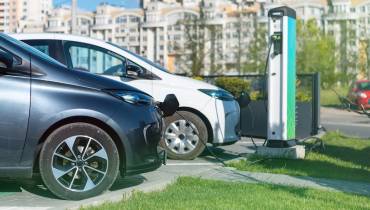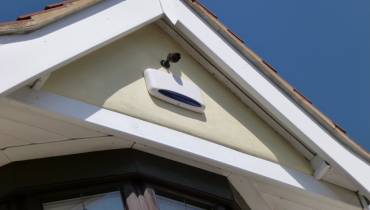Drone Benefits - Why Demand for UAVs Is Highest in Construction Industry
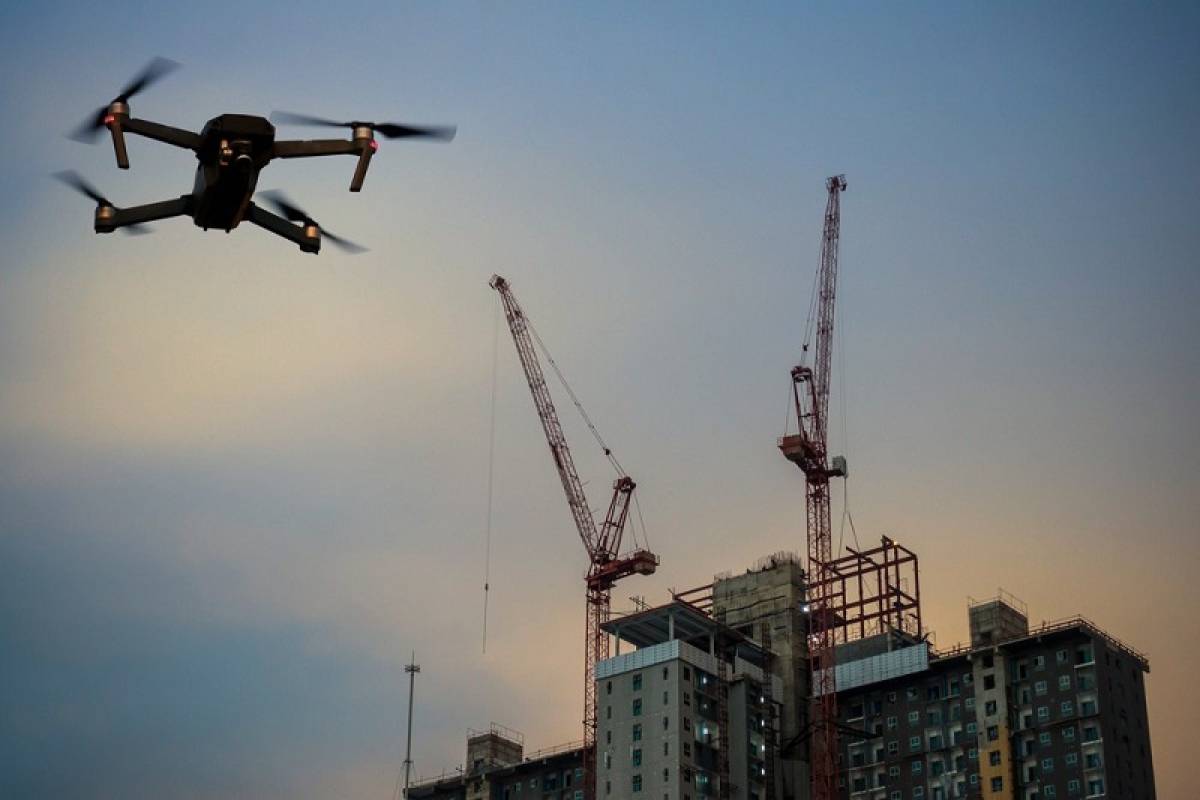
The use of commercial drones in general across different sectors of the economy, ranging from agriculture to filmmaking and transportation, has been increasing over the years. However, in the construction industry, studies show that the use of Unmanned Aerial Vehicles (UAVs), also known as drones, has skyrocketed.
According to a 2018 report by drone mapping solutions provider DroneDeploy, the construction industry experienced a whopping 239% increase in drone usage year over year. Not surprisingly, DroneDeploy’s 2022 State of the Drone Industry survey found that 69% of construction respondents planned to expand their use of drones beyond aerial mapping, and 54% considered drones would become increasingly common by 2024.
The skyrocketing use of drones in construction projects cover wide swathes of applications, including existing building surveys, land mapping (in both rural and urban areas), tall structures inspection, and recording and visualizing site project progress. Overall, the most prominent uses of crew-less ethereal vehicles in construction are to monitor, survey, and map sites.
Previously, cumbersome, inefficient, and expensive planes were used to take aerial photography, videos, and exact mapping, as well as perform other tasks on-site. But drones are much easier to maneuver than conventional vessels used on-site.
The variety of cameras that drones can be fitted with, ranging from ultra-high definition to night vision and thermal imaging, implies more critical applications benefits in the construction industry. This has contributed to the sharp rise and adoption of UAVs in construction at a rate much higher than even in agriculture and manufacturing.
Rise of the Drones: Benefits of UAVs in the Construction Sector
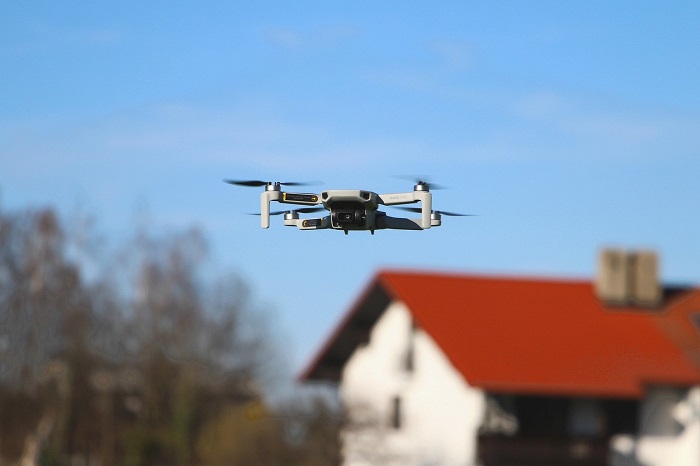
Drones have changed how the construction business works, and those changes are expected to continue to bring even more positive and enduring benefits.
The integration of drones in the construction industry has no doubt ushered in a new era of efficiency, flexibility, accuracy, and safety throughout the construction sector. Drones have simply become too functional and affordable not to implement in an ever-increasing list of use-cases.
Among the many benefits of using drones in construction works and reasons behind the rising demand of UAVs in the construction industry include:
1. More Accurate Mapping Measurements
As already mentioned, while gathering and handling on-site information, conventional mapping (reviewing) techniques require significant investment, and they need human work.
With high-resolution photographs and video captures, a drone can easily carry out the responsibility definitely more rapidly at a much low cost than traditional techniques.
Outfitted with a LiDAR (Light Detection and Ranging) sensors used for remotely examining the surface of the earth, drones can perform more accurate mapping and take better measurements for any given project in 60% to 70% less time.
2. Reduced Safety Risks
If a construction site is risky or hard to study, a drone can carry out the task of conventional mapping (reviewing) techniques more effectively, dispensing with any hazard to people.
The recurrence and level of cost overwhelm in the construction business is often huge. Construction companies have traditionally had a complicated issue with determinedly low profitability, mainly because of the industry's relatively moderate appropriation of new tech and solutions, and also the absence of real innovation being applied to construction projects.
In fact, typical commercial construction projects run 80% over budget and 20 months behind schedule due to inefficient use of new tech solutions. For example, when managers are worried about security issues on-site, the old method for doing things and addressing the issue is to stroll around the plant and investigate. This appears to be a reasonable step because a pair of human eyes and ears on the ground will presumably be better able to perceive any issues with security that arise.
However, by using a more effective drone security and checking system, site managers can not only make security checks as needed, but also recognize what's going on progressively. They can also analyze collected data in-real time to determine which areas or issues should be improved.
Construction supervisors can forestall mishaps and injuries by using drones. This decreases the danger of injury to workers as the photos and recordings taken by drones allow everyone to see what's happening at the site. Preventable issues like shallow unearthings, temperamental structures, hardware situations, and specialist wellbeing become a lot more simpler to envision.
When looking for better approaches to review construction sites and distinguish potential risks before they happen, more construction companies are thus progressively turning to drones to improve both effectiveness of their work and safety of laborers. Ultimately, the outcome of deploying drones in construction in this manner is a safer, secure building site and less costly expenses for projects and the company.
3. Enhanced Site Visualization that Prevents Costly Mistakes
Drones can be equipped with cameras, geo-area sensors, infrared sensors, and more to catch exact insights concerning the ecological and physical site before and during development.
The high-resolution pictures captured by a drone are then transformed into exact 2D orthophotos and 3D models, making a rich computerized portrayal of the construction site.
Because construction projects are often huge operations, with a lot happening over a large area, visual information is vital to know what’s happening on-site and avoid costly mistakes.
For example, after heavy rainfall, a site could have changed dramatically, rendering data collected the day before obsolete.
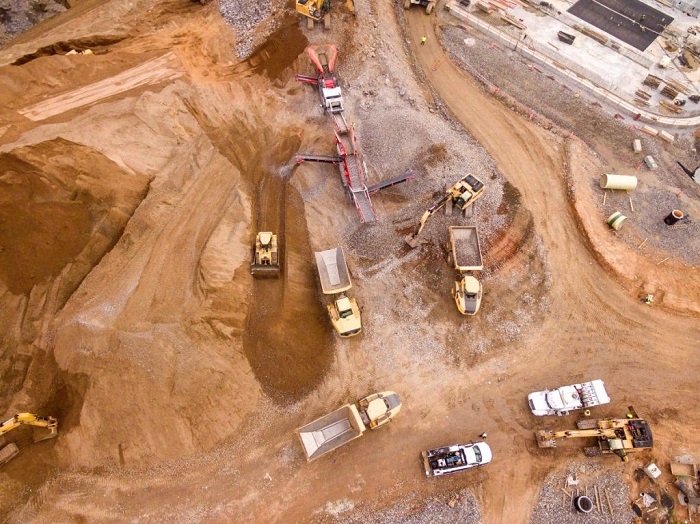
Real-time drone visual footage data and information stages like 3DR Site Scan make it simple to overlay configuration documents onto drone maps, empowering you to pinpoint constructability challenges in preconstruction, spot missteps, and measure progress during development.
4. Cost-Effective Construction Work
Photos taken using helicopters or planes have had their impact in measuring and mapping construction projects, and in fact some workers opt for progress photographs and videos shot from planes. However, these old and inefficient technology have significant downsides, including quality issues, cost, adaptability, time, and security.
Drone are much easier to maneuver and more technologically adapted for imaging tasks that address construction experts’ worries. Notwithstanding, their use as studying devices have shown that a drone can likewise do fantastic work – more cost-effectively.
5. Enhanced Communication and Management
Drone technology has advanced to a point where it now provides instant and superior communication channels for contruction professionals and stakeholders. Drone are now utilized increasingly more as methods for keeping in touch at worksites.
A drone mounted with cameras can give live video feedback that encourages communication and observation. This allows organizations to, among other things, monitor representatives and laborers on site, as well as interact with them, which is a significant and invaluable option for construction directors and financers.
6. More Flexibility for Builders
UAVs offer quite a lot more flexibility. For example, severe climate conditions would usually hinder work, including forcing deferring of security reviews. Oftentimes, adverse whether requires extra measures, such as defensive attire and costly bespoke climbing hardware, for work to continue.
However, the use of drones can mitigate many such issues and provide more flexibility. For example, drones can be use to evaluate metal buildings projects swiftly and safely – in most cases, even during unfriendly climate conditions. This decreases delays, keeps up timetables, and safeguards personnel to ensure projects are completed safely and on schedule.
7. Better Transportations and Inspections
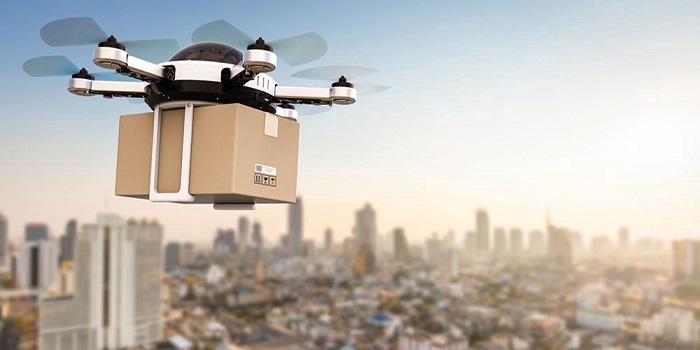
The use of drones for site transportations and inspections additionally implies a significant increment in workers wellbeing by removing various risks and security dangers that may exist.
Using drones to move materials and packages permits construction companies to not only execute smooth inspections, but also monitor everything that enters and leaves the site. This saves cash and time and keeps the site secure and running smoothly.
Since drones are often small with elevated levels of mobility, they are increasingly the better option than traditional vehicles in certain cases.
One such case where drones are superior is they don't need to cling to traditional transit regulations, which permits them to make conveyances faster, while utilizing less resources.









